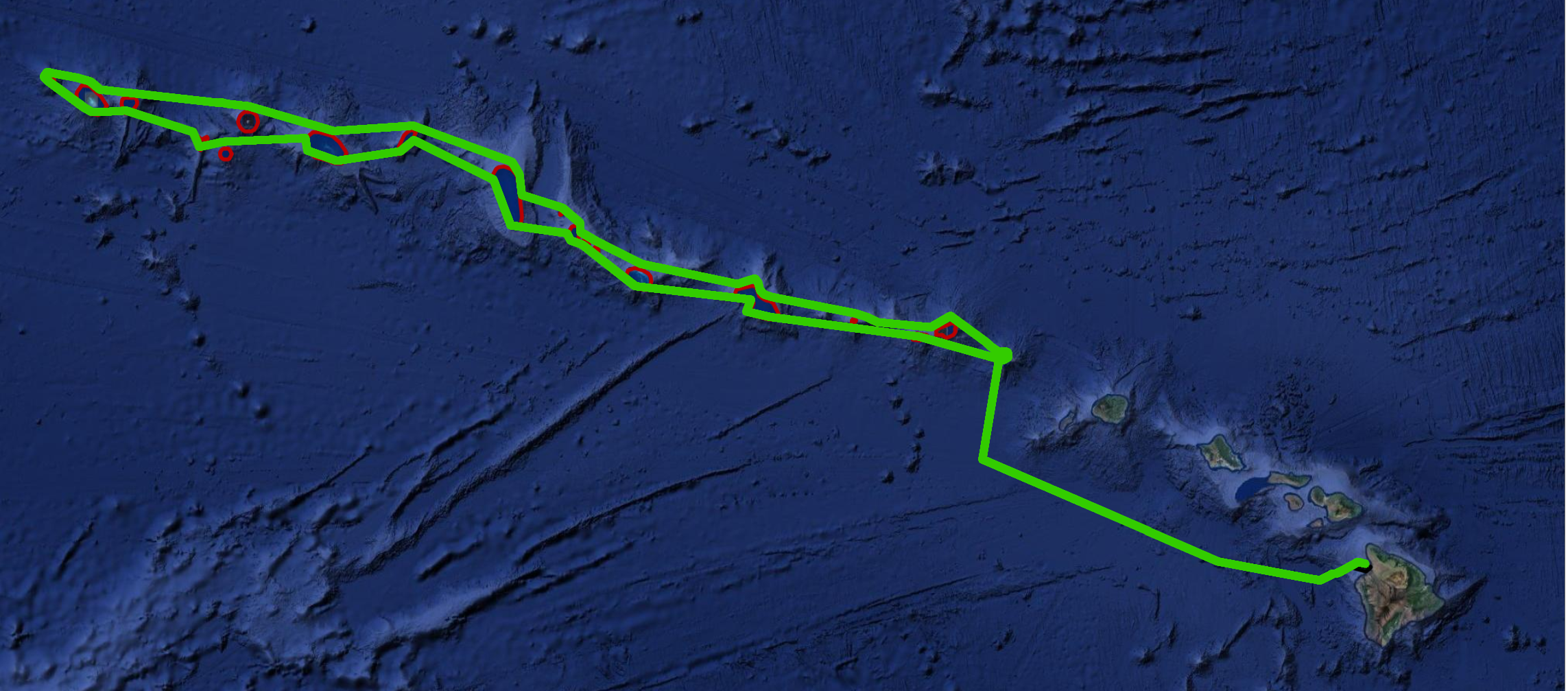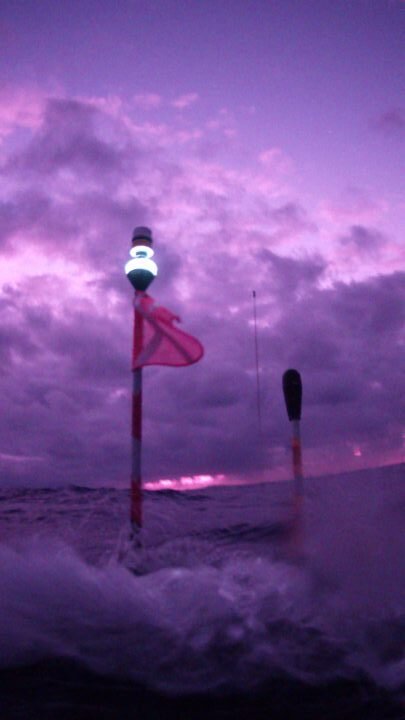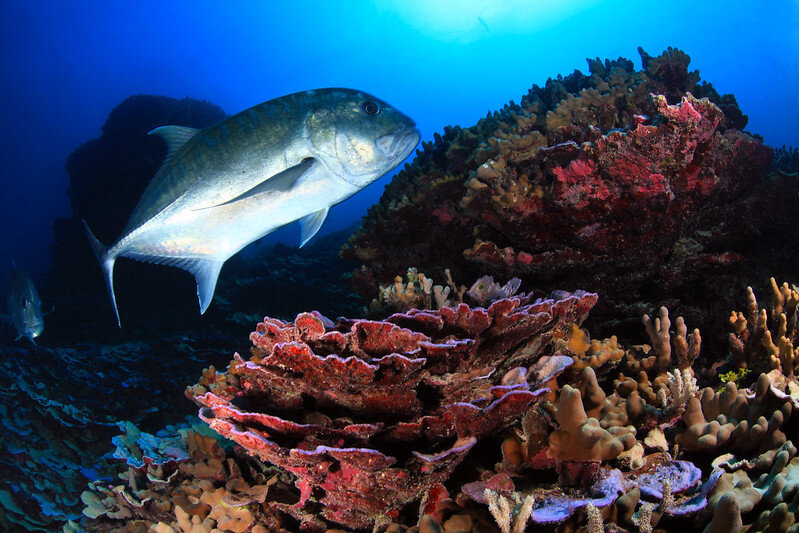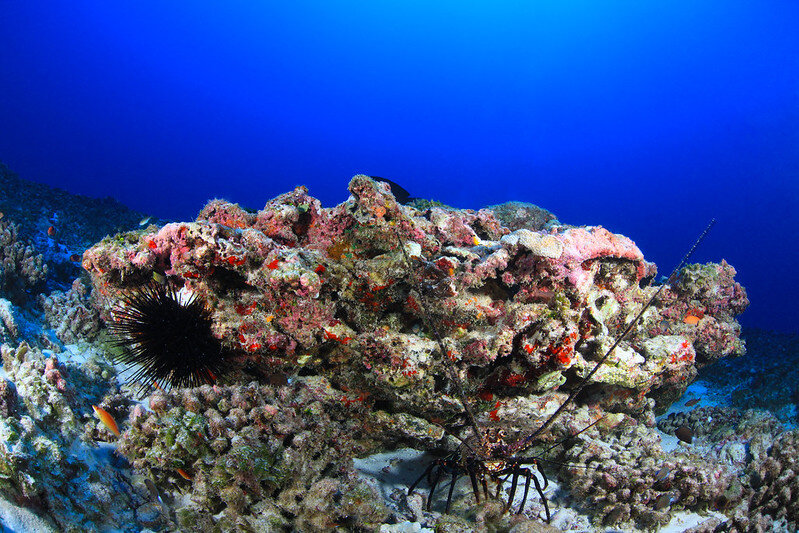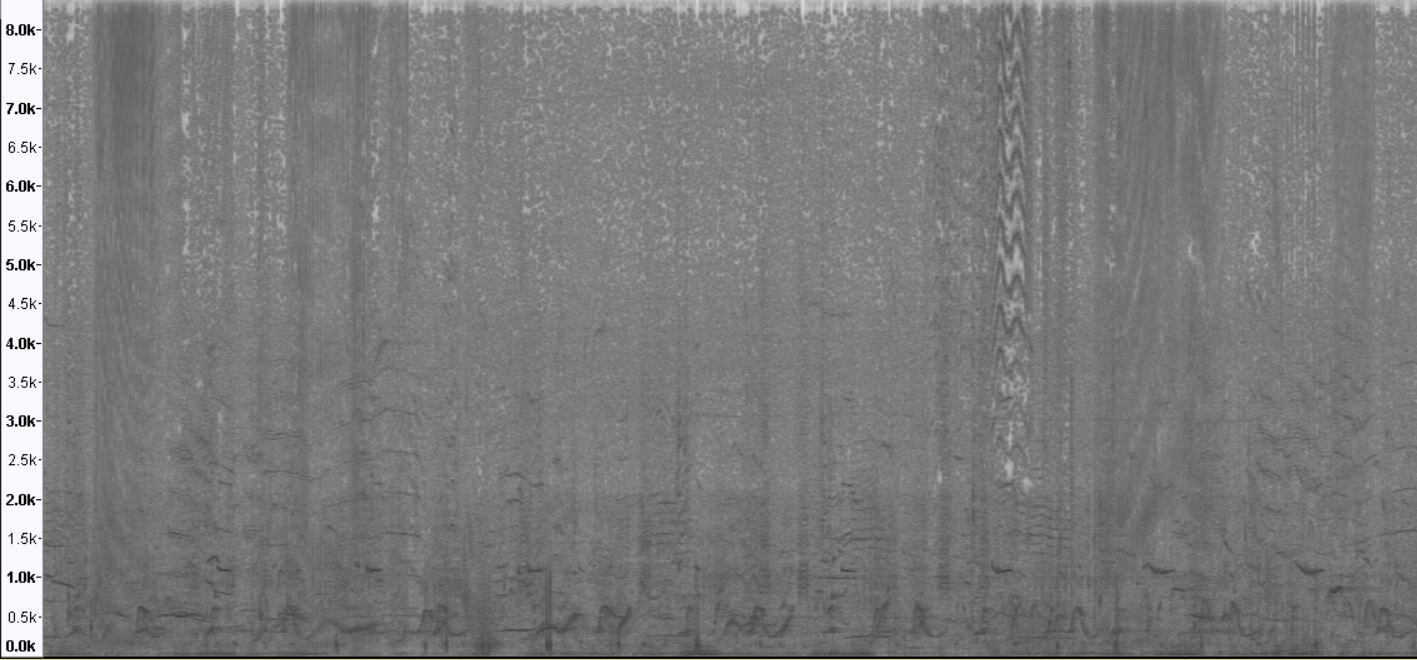Located 208 kilometers (129 miles) northwest from Laysan is the island commonly known as Lisianski. Another name for Lisianski is Papa‘āpoho. It is a combination of two words. Papa means a reef, flat surface, or foundation and ‘āpoho means depression, hollow, or pitted. Combined, they describe the depression between two tall sand dunes which may have once been the location of a lake similar to the one on Laysan.
About 20 million years ago, geologic forces raised the tip of a huge coral bank above sea level. Today, Lisianski Island is 1.5 square kilometers (381 acres), about the size of Honolulu. While its land mass is relatively small, Lisianski’s coral reef, known as Neva Shoals, is massive at 310,000 acres or 1,254.5 square kilometers, an area nearly the size of O‘ahu.
The first western explorer to reach the island was the Russian Captain Yuri Feodorovich Lisyansky in 1805. The captain ran aground in his ship, the Neva, after which the shoal to the south was named. Various ships visited Lisianski throughout the 1800s to harvest fish, turtles, guano, beche-de-mer (sea cucumbers), sharks, and seals. During this period rats and mice arrived on Lisianski in the 1800s as accidental introductions, and rabbits were purposely introduced by humans as a food source. These mammals consumed most of the vegetation and negatively impacted the terrestrial ecology. Captain John Paty claimed the island for the Kingdom of Hawai‘i on behalf of Kamehameha IV on May 10, 1857. In 1890, the North Pacific Phosphate and Fertilizer Company acquired a twenty-year lease to mine the island for guano. From 1904 to 1909 Japanese feather poachers harvested birds from the island. This activity was stopped after Lisianski became part of the Hawaiian Islands Bird Reservation in 1909.
Today, Hawaiian monk seals and green sea turtles are common visitors to Lisianski's sandy white beaches. Migratory shorebirds seen on the island include the kolea (golden plover), ulili (wandering tattler), and kioea (bristle-thighed curlew). Nearly three-fourths of the Bonin petrels nesting in Hawai’i make this island their home. In some years, more than a million sooty terns visit Lisianski.





